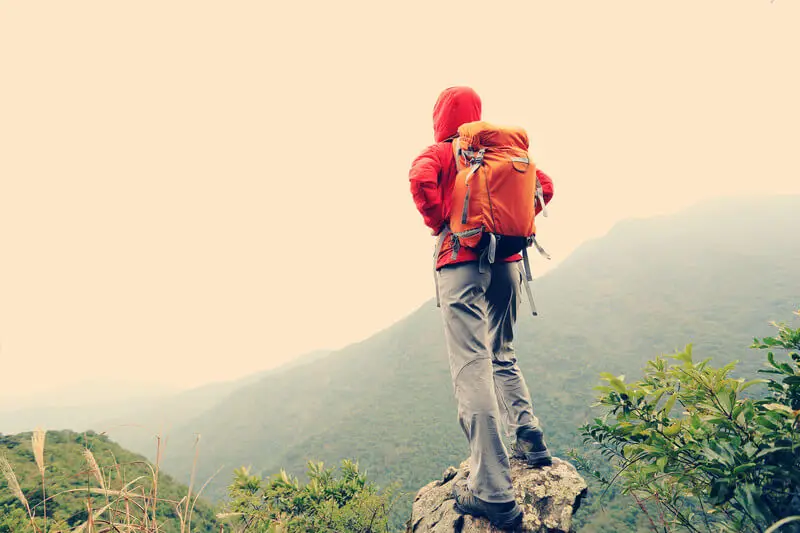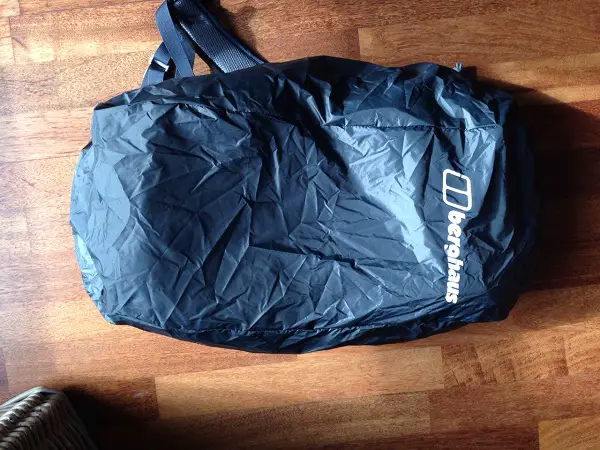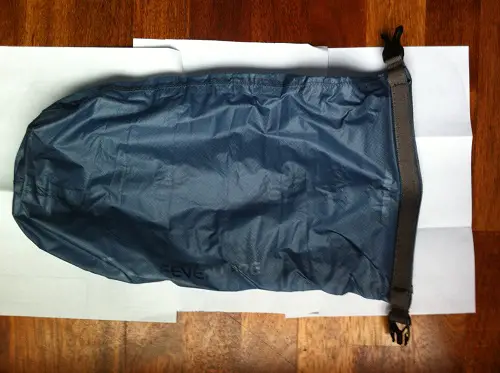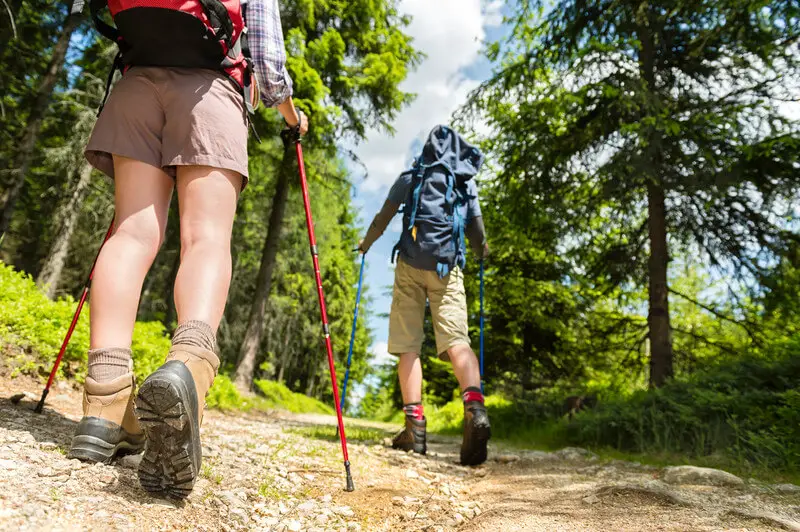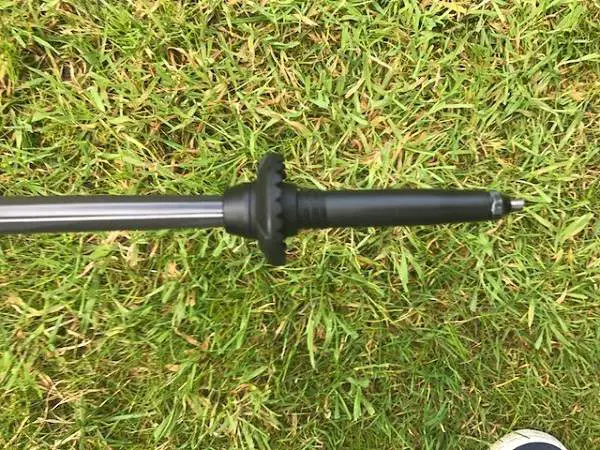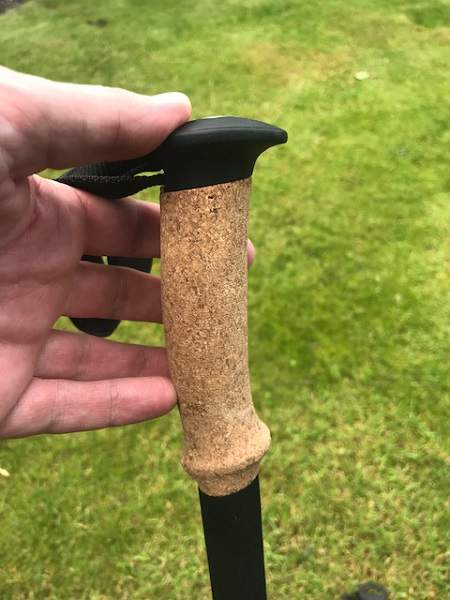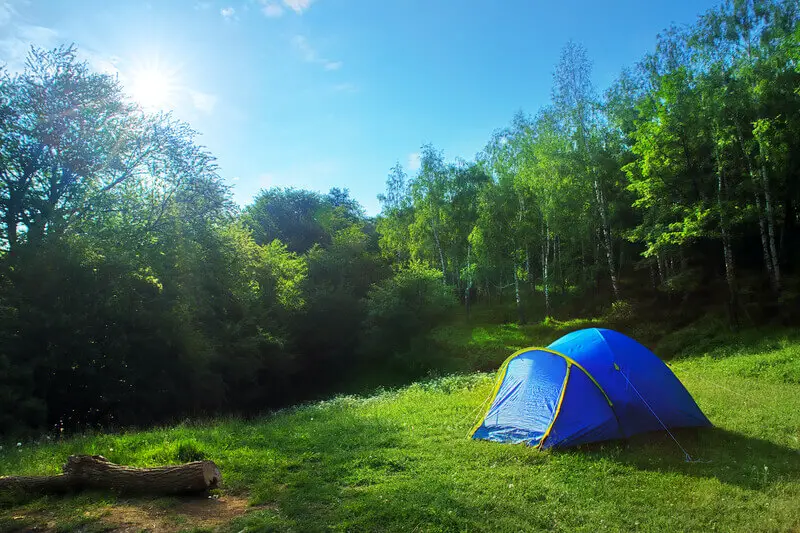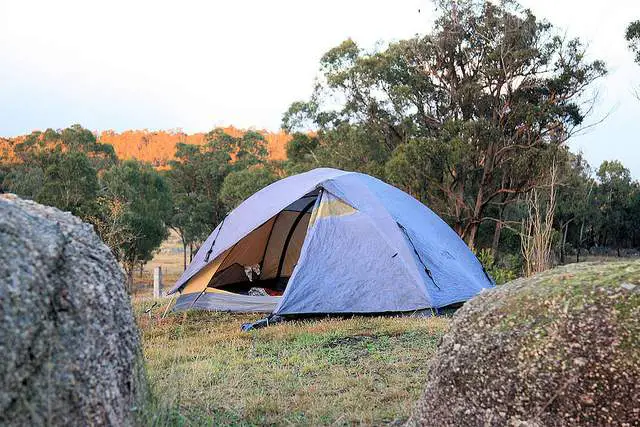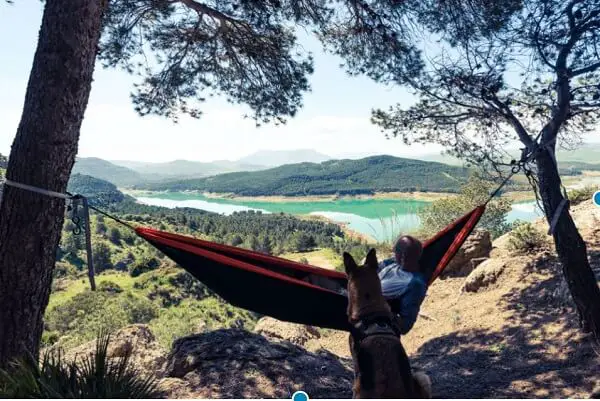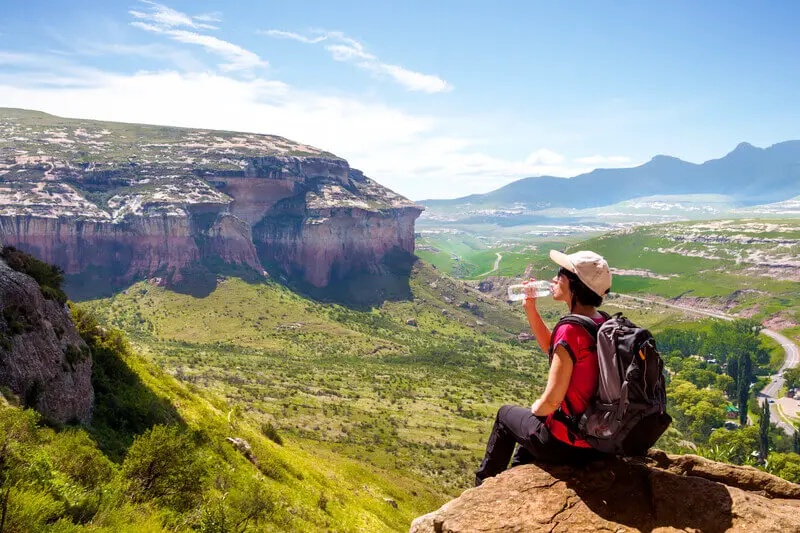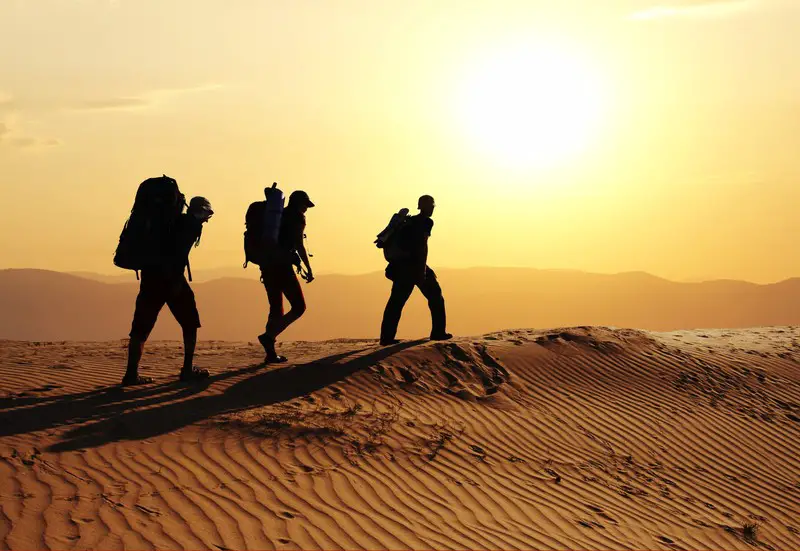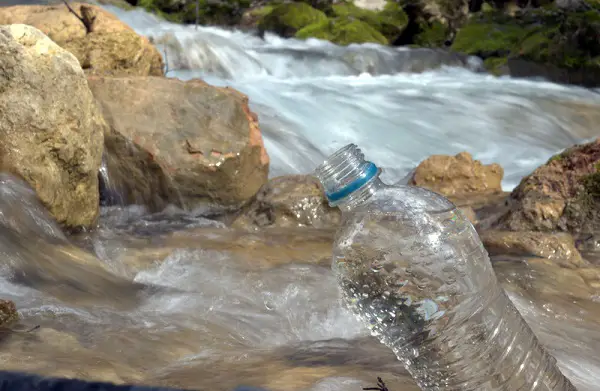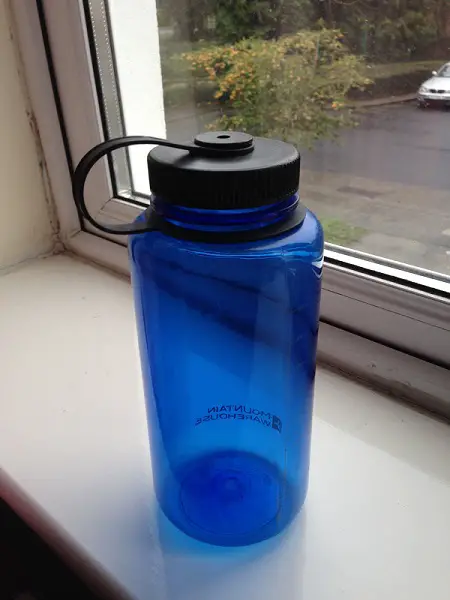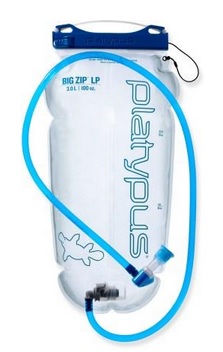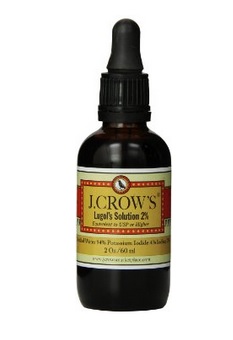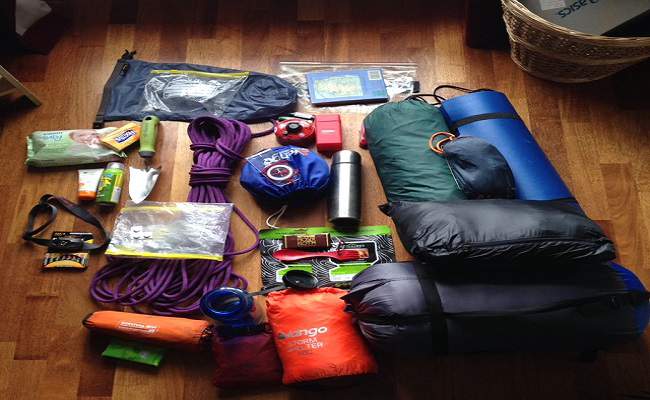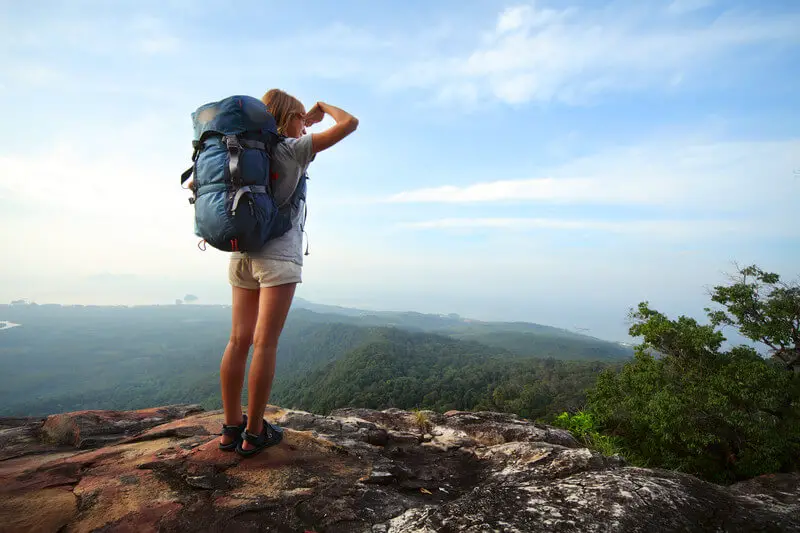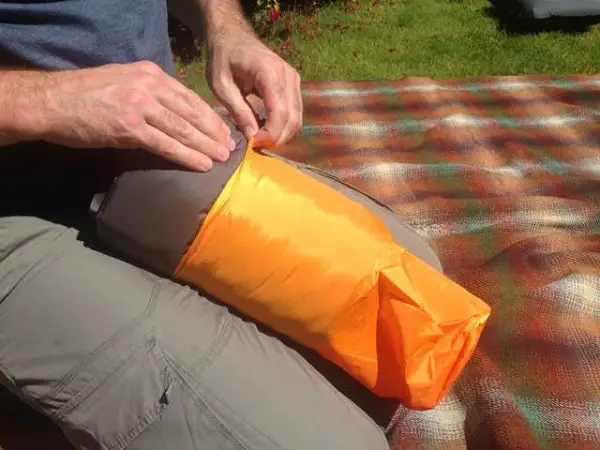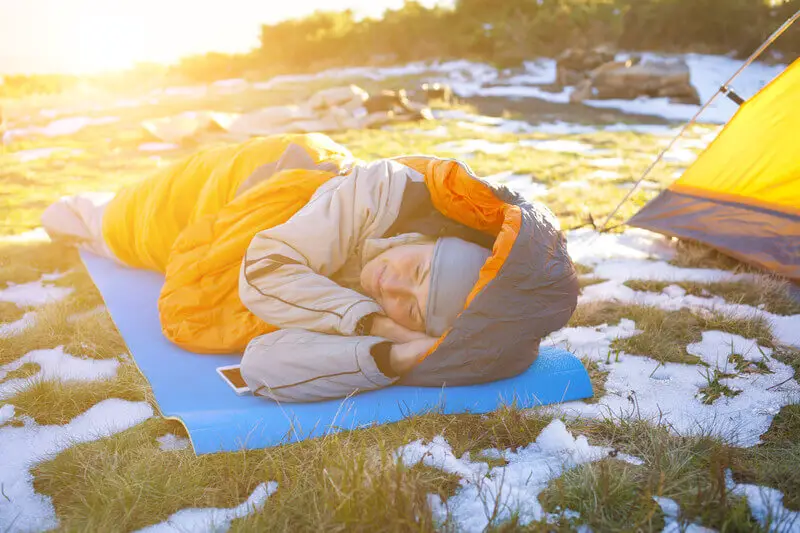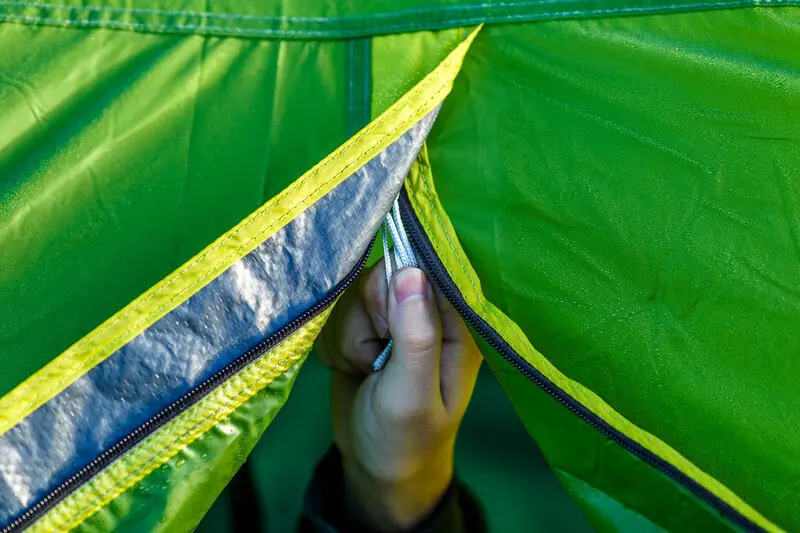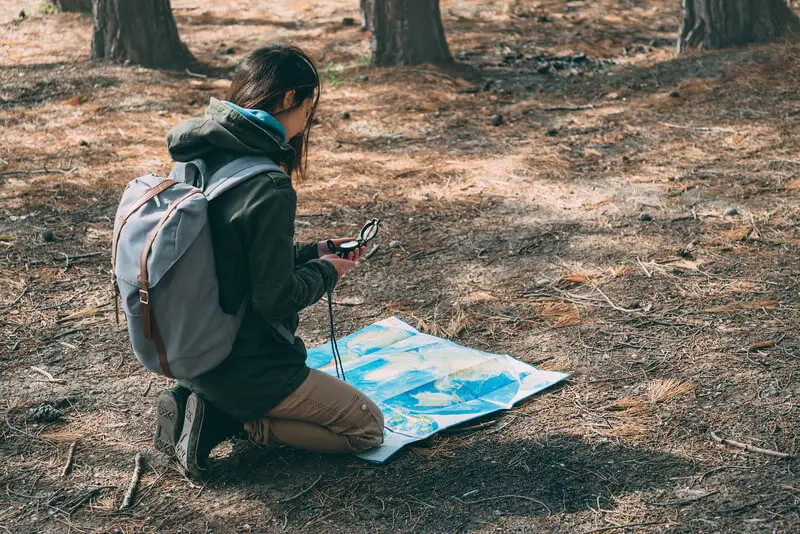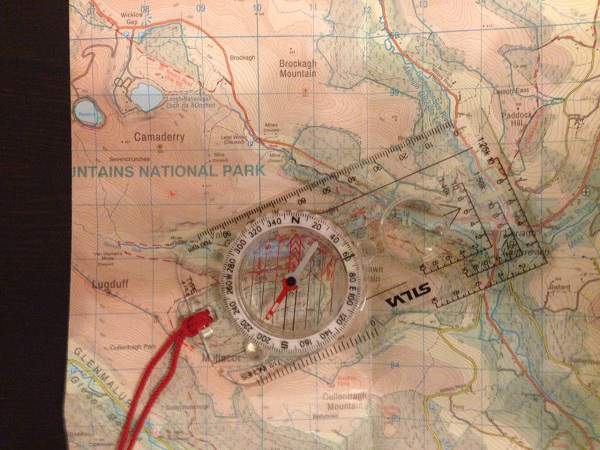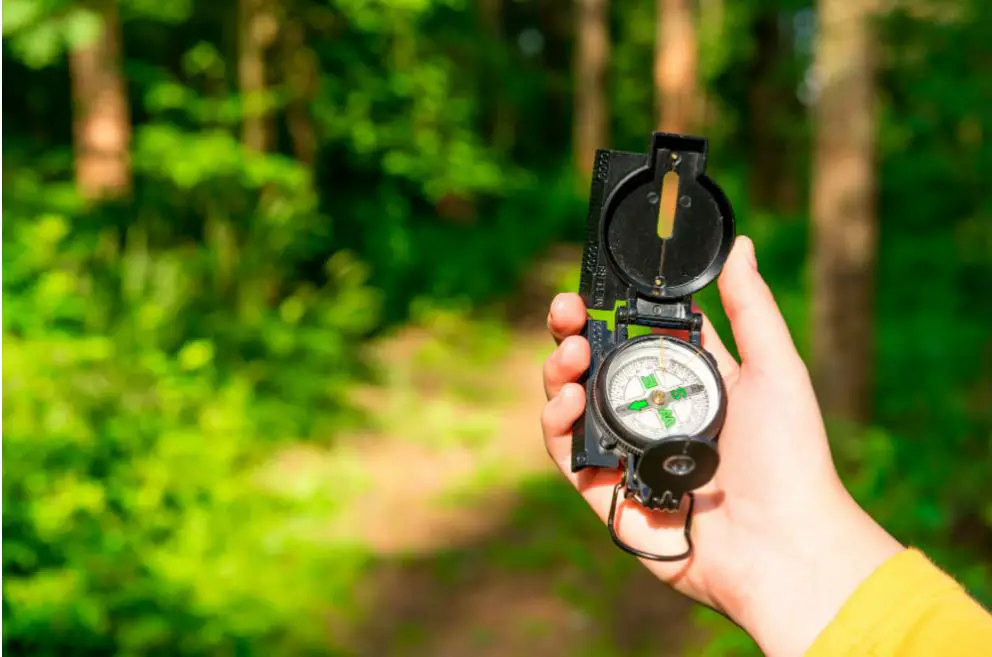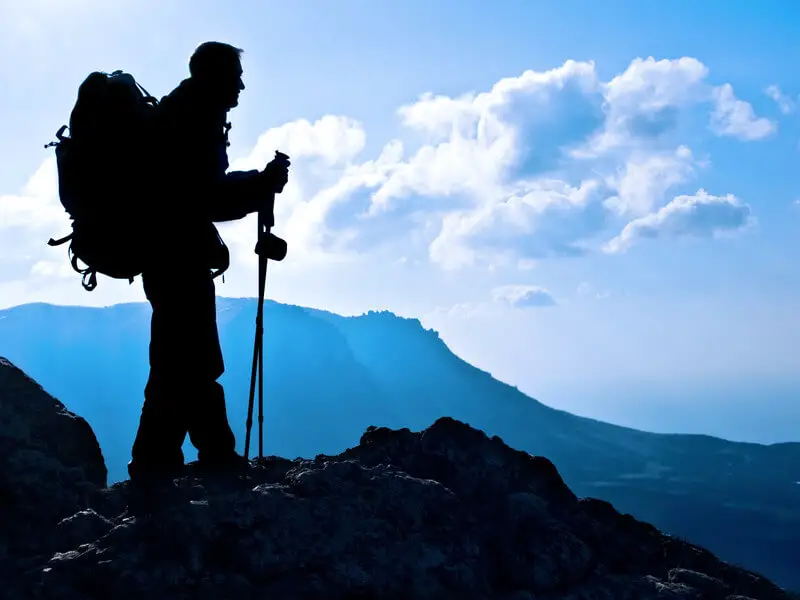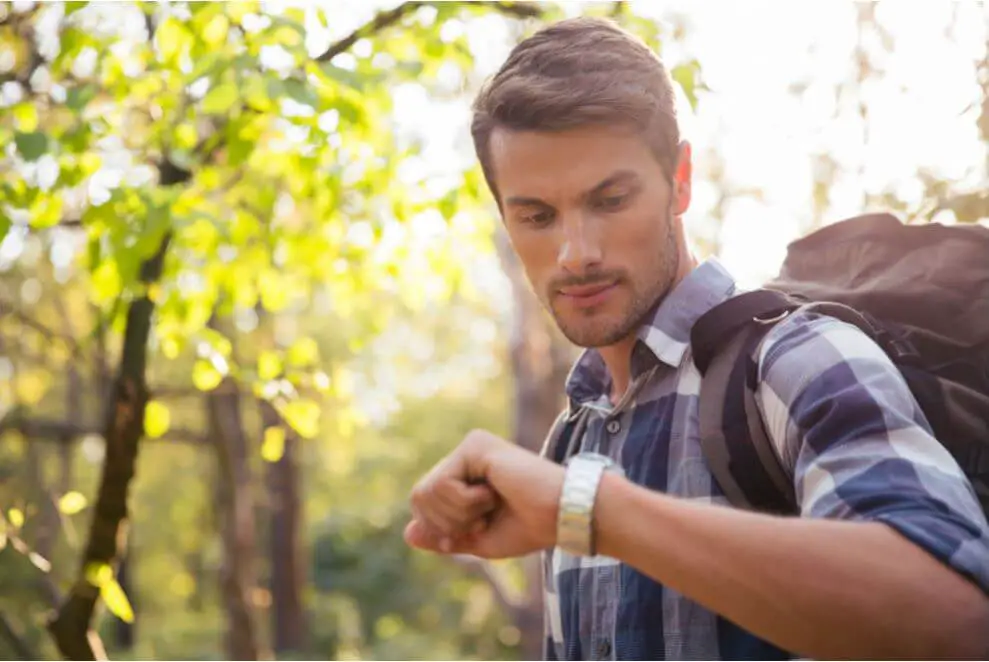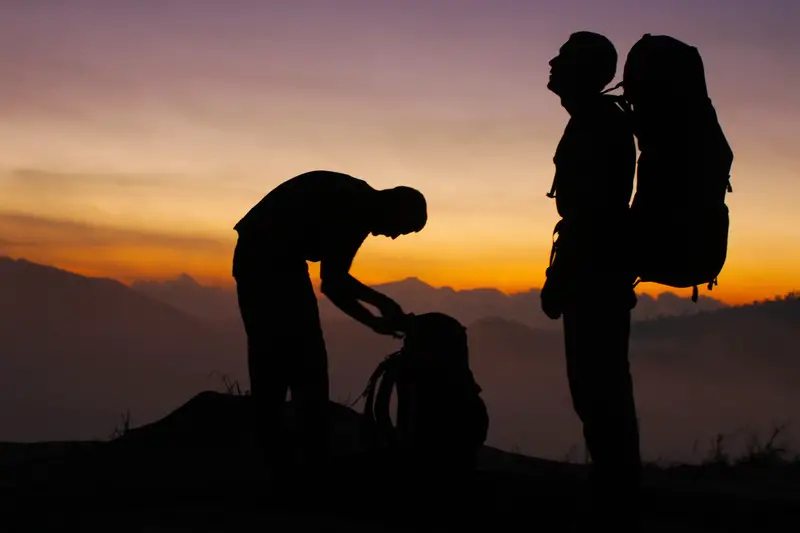While it’s important to have securely tied hiking boots throughout the duration of your hike, it’s even more important when you’re faced with steep or sustained downhill sections.
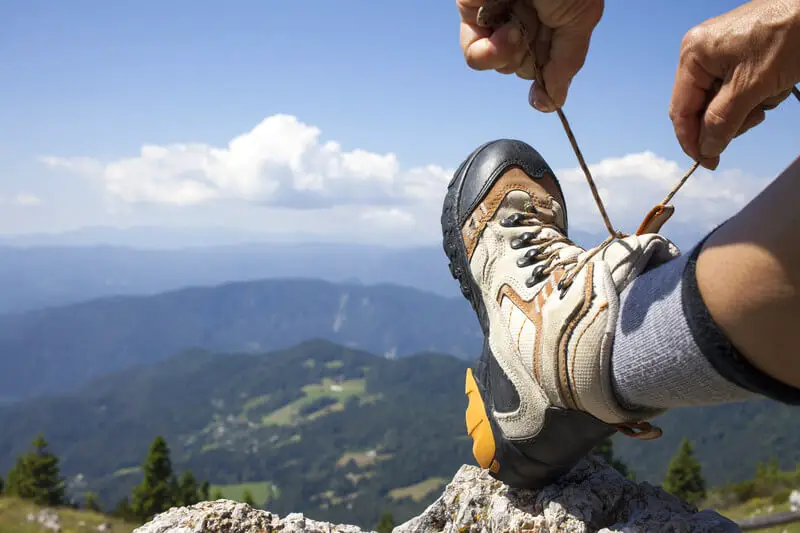
It’s essential to know how to tie hiking boots for downhill hiking, so let’s refresh some basics and take a look at some of the best ways to tie hiking boots.
Why it Matters
You may think that tying your hiking boots should be no different from tying your everyday footwear for the office or about town.
Aside from the differences between hiking boots and everyday footwear, you also need to consider the terrain and location where you’ll be hiking.
Apart from all but the gentlest strolls on short paved trails, you’re going to be relying upon your hiking boots to protect your feet and potentially prevent deadly slips and falls.
Any variations in terrain, problematic obstacles, including slippery mud patches or boulders, ascents, descents and contouring hills, not forgetting difficult rocky screes, will all require your hiking boots to provide you with a secure footing complete with grip and traction.
If your hiking boots are not correctly laced and tied, your feet will likely move within your boots which will undermine their grip and stability.
Furthermore, if your feet aren’t secure inside your boots, continual movement can lead to rubbing and blisters which will likely ruin your day, no matter how stunning the scenery, if you’re experiencing fresh pain with each and every step.
Blisters and rubbing aside, consider the consequences of a slip or a fall in an isolated area. The likelihood of such an occurrence can be greatly reduced by ensuring that your hiking boots are correctly tied to provide you with a maximum of stability.
When you’re faced with lengthy downhill sections, your feet can slide forward inside your hiking boots, potentially injuring your toes.
Ensuring that your boots are correctly tied will also help to provide greater ankle support and reduce ankle fatigue over challenging terrain and long distances.
So, now you know the importance of making sure your hiking boots are correctly tied, especially for downhill hiking, let’s take a look at how it should be done.
How to Tie Your Hiking Boots
When you’re tying your hiking boots, it is of the utmost importance to separate the bottom section from the ankle collar section.
This will allow you to adjust each part quickly and independently whilst out on the trail, so you can ensure that your foot is stable and far back enough into the heel section, as well as being able to increase ankle support and reduce fatigue by tightening the upper section independently as necessary.
In order to tie your hiking boot correctly, you’ll need to focus on the part where the collar meets the boot in the lower ankle area. This should be easily noticeable by a change from eyelets to hooks in your boots’ lacing system.
Surgeons Knot
Where your laces cross to meet the first hooks that are located closest to your heels, you should tie a surgeon’s knot. Basically, this involves wrapping the laces around each other twice and then pulling them tight. See the video below for a more detailed look at tying a surgeons knot.
You can then place them around the hooks, having secured your lower foot. You want your lacing to be tight enough to keep your foot in place, without being too restrictive.
Once you have passed the laces through the first hook, repeat the previous step with another surgeon’s knot, before passing through the next set of hooks, then finishing off by tying your laces as normal.
The surgeon’s knots will keep the tension in your laces. It’s important when you tie your laces to always make these three sets of knots for maximum security.
When you follow this technique you’ll greatly reduce the risk of toe rubbing and slipping on downhill sections. If you feel you need extra support you can simply tighten the laces and then retie your final knot.
Alternatively, on uphill sections, you may wish to loosen the top section should the ankle support begin to dig into the top of your leg.
By tying your hiking boot laces in this manner, you can quickly and easily adjust the tension of both the ankle area as well as the lower foot area, reducing your risk of slipping or getting blisters.
For general hiking on the flat, once you have tied your hiking boots in this manner, your feet should be secure in your boots for the whole day ahead.
New Boots
If, however, your hiking boots are new, you may have to make a few minor adjustments during the course of your hike. This is normal and will be necessary until your new laces have used up all of their slack.
On more challenging terrain, you may wish to alter the tension to feel what works best for you and your hiking boots. While it can initially seem like overkill, with time you’ll instinctively get a good feel for how your lace tension is holding up and adjusting it when necessary will become second nature.
If you’re having difficulty visualizing quite how the finished result should look, then check out this other excellent video provided by hiking specialists REI.
You can again see how to tie your hiking boots using a surgeons knot, as discussed above, as well as other neat tips and tricks, such as window lacing (to avoid certain pressure points) and how to lace your boots to avoid toe pain.
Conclusion
It’s an extremely simple yet effective detail, however, learning how to tie hiking boots for downhill hiking can really make a huge difference.
While tying your hiking boots correctly will make your hikes safer and more enjoyable, if your feet still ache when wearing your hiking boots, you may need to change your size or style.
Remember that new hiking boots can take a while to break in fully, so don’t take them out on any long hikes straightaway during their break in period.
